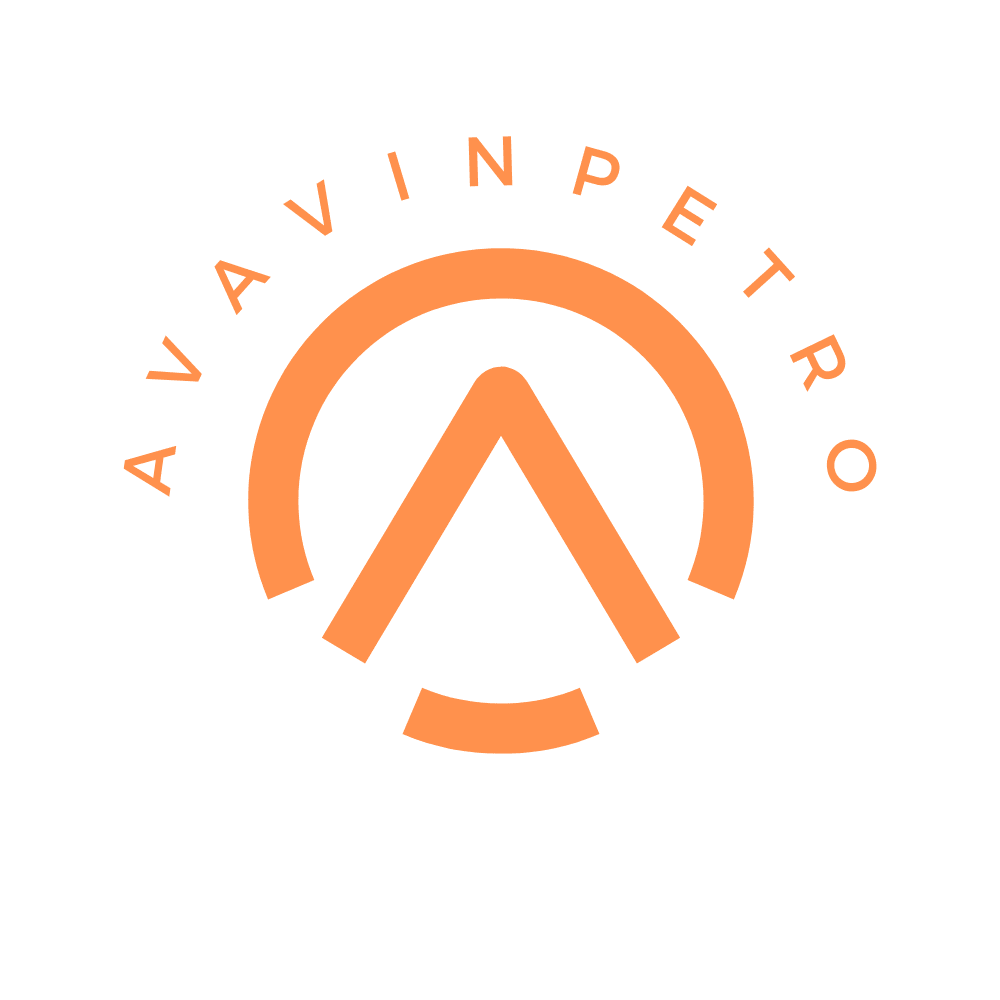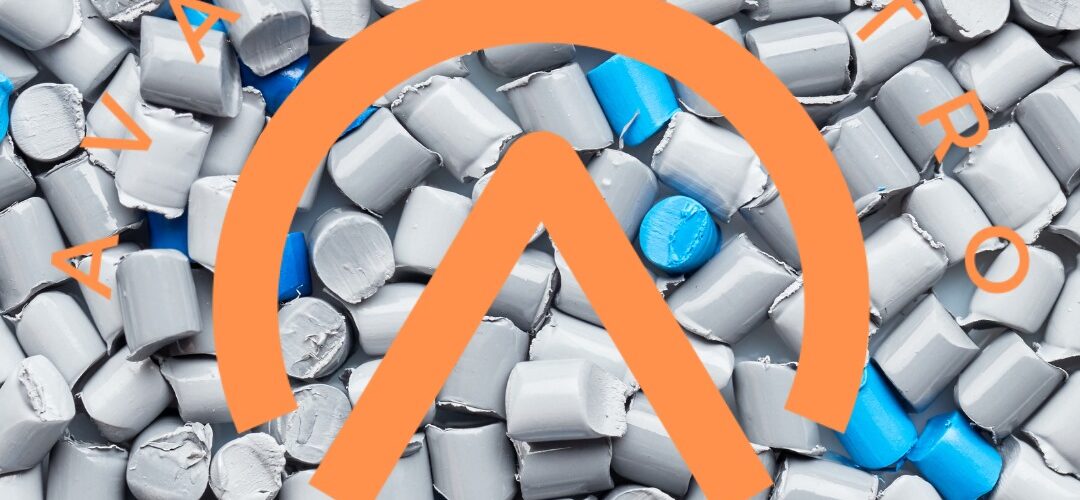Mastering the World of Polypropylene and Copolymers: A Comprehensive Guide
Polypropylene and copolymers stand at the forefront of modern materials science, offering a diverse array of applications across industries. From packaging to automotive components, these versatile materials have revolutionized the way we engineer, produce, and utilize products. In this comprehensive guide, we delve deep into the intricacies of polypropylene and copolymers, uncovering their properties, uses, manufacturing processes, and environmental impact.
Understanding Polypropylene: Properties and Applications
Polypropylene, often abbreviated as PP, is a thermoplastic polymer known for its exceptional strength, durability, and chemical resistance. It boasts a high melting point, making it suitable for applications requiring heat resistance. Additionally, polypropylene is lightweight, making it ideal for use in packaging materials such as bottles, containers, and films.
Key Properties of Polypropylene:
- Strength: Polypropylene exhibits high tensile strength, making it resistant to mechanical stress and impact.
- Chemical Resistance: It is resistant to a wide range of chemicals, including acids, bases, and solvents.
- Heat Resistance: With a melting point ranging from 130°C to 171°C, polypropylene can withstand elevated temperatures.
- Lightweight: Its low density makes it lightweight yet robust, offering ease of handling and transportation.
Applications of Polypropylene:
- Paketleme: PP is widely used in the packaging industry for the manufacturing of bottles, containers, bags, and films due to its excellent barrier properties and durability.
- Otomotiv: In the automotive sector, polypropylene is utilized in various components such as bumpers, interior trim, and battery cases, thanks to its impact resistance and flexibility.
- Medical: PP is employed in medical devices and equipment due to its biocompatibility and sterilizability, ensuring safety and efficacy in healthcare settings.
- Textiles: It is utilized in the textile industry for the production of fibers, ropes, and non-woven fabrics, offering strength and abrasion resistance.
Exploring Copolymers: Types and Characteristics
Copolymers are derived from the polymerization of two or more different monomers, resulting in a polymer with distinct properties compared to its individual constituents. In the realm of polypropylene, copolymers play a crucial role in enhancing specific attributes to meet diverse application requirements.
Types of Copolymers:
- Random Copolymers: These copolymers feature randomly distributed monomer units along the polymer chain, imparting a balance of properties such as stiffness, impact resistance, and clarity.
- Block Copolymers: Block copolymers consist of distinct blocks of different monomers arranged in a specific sequence, offering unique properties such as elasticity, toughness, and adhesion.
- Impact Copolymers: Designed to improve impact strength, these copolymers incorporate elastomeric segments within the polymer matrix, enhancing resilience and toughness.
Characteristics of Copolymers:
- Tailored Properties: Copolymers allow for the customization of material properties to suit specific application requirements, providing versatility and flexibility in product design.
- Enhanced Performance: By combining different monomers, copolymers can exhibit improved mechanical, thermal, and chemical properties compared to homopolymers.
- Compatibility: Copolymers can enhance the compatibility between dissimilar materials, facilitating bonding and adhesion in multi-component systems.
- Processability: Many copolymers offer excellent melt flow characteristics, enabling ease of processing and molding into complex shapes.
Manufacturing Processes and Environmental Considerations
The production of polypropylene and copolymers involves several manufacturing processes, each contributing to the final properties and characteristics of the materials. Common methods include:
- Polymerization: The polymerization of propylene monomers using catalysts under controlled conditions yields polypropylene with varying molecular structures and properties.
- Copolymerization: Copolymers are synthesized by polymerizing propylene with other monomers, such as ethylene or butene, to achieve desired properties.
- Additive Manufacturing: Additives such as antioxidants, UV stabilizers, and nucleating agents may be incorporated during processing to enhance performance and durability.
Environmental Impact and Sustainability:
While polypropylene and copolymers offer numerous benefits in terms of performance and versatility, there are growing concerns regarding their environmental impact. Issues such as plastic pollution, resource depletion, and carbon emissions have spurred efforts to develop sustainable alternatives and improve recycling technologies.
- Recycling: Recycling initiatives aim to recover and reprocess polypropylene and copolymers to minimize waste and conserve resources, promoting a circular economy.
- Biodegradability: Research is underway to develop biodegradable polymers derived from renewable sources, offering a more environmentally friendly alternative to traditional plastics.
- Life Cycle Assessment: Comprehensive life cycle assessments are conducted to evaluate the environmental impact of polypropylene and copolymers, guiding manufacturers towards sustainable practices and materials.
Conclusion
In conclusion, polypropylene and copolymers represent a cornerstone of modern materials science, offering a diverse range of properties and applications across various industries. Understanding their unique characteristics, manufacturing processes, and environmental considerations is essential for harnessing their full potential while mitigating environmental impact. By embracing innovation and sustainability, we can pave the way towards a more resilient and eco-friendly future.
Written by Emir Narin

